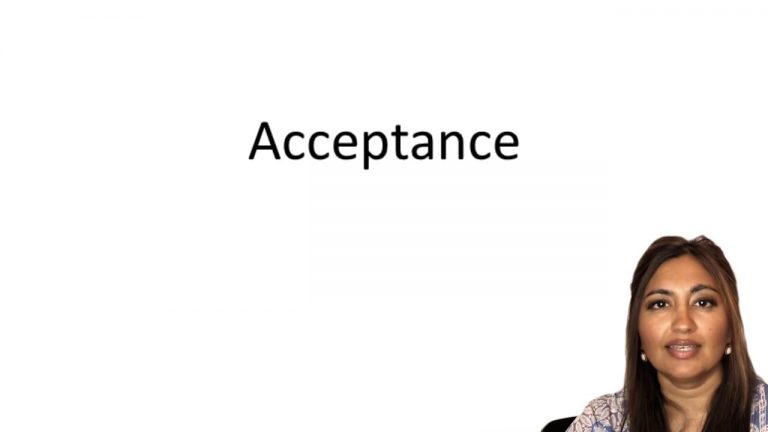SmartBrief
Confirm favorite deletion?
Contracts Keyed to Ayres
Steve Hendricks v. Eugene Behee
Citation:
786 S.W.2d 610.Facts
The Defendants (Behee and the Smiths) were negotiation for the sale of real estate. On March 3, Behee sent a written offer to purchase the real estate, facilitated by the real estate agents working for Smith. On March 4, the Smiths signed the proposed agreement. However, before notice was given to Behee that the Smiths had signed, sometime in the days of March 5-7 Behee notified the real estate agent that he was withdrawing his offer. The Plaintiff (Hendricks), as escrow agent holding the $5,000 that had already been paid, filed the action with the court to clarify who the money should be sent to.
Only StudyBuddy Pro offers the complete Case Brief Anatomy*
Access the most important case brief elements for optimal case understanding.
*Case Brief Anatomy includes: Brief Prologue, Complete Case Brief, Brief Epilogue
- The Brief Prologue provides necessary case brief introductory information and includes:
Topic:
Identifies the topic of law and where this case fits within your course outline.Parties:
Identifies the cast of characters involved in the case.Procedural Posture & History:
Shares the case history with how lower courts have ruled on the matter.Case Key Terms, Acts, Doctrines, etc.:
A case specific Legal Term Dictionary.Case Doctrines, Acts, Statutes, Amendments and Treatises:
Identifies and Defines Legal Authority used in this case.
- The Case Brief is the complete case summarized and authored in the traditional Law School I.R.A.C. format. The Pro case brief includes:
Brief Facts:
A Synopsis of the Facts of the case.Rule of Law:
Identifies the Legal Principle the Court used in deciding the case.Facts:
What are the factual circumstances that gave rise to the civil or criminal case? What is the relationship of the Parties that are involved in the case.Issue(s):
Lists the Questions of Law that are raised by the Facts of the case.Holding:
Shares the Court's answer to the legal questions raised in the issue.Concurring / Dissenting Opinions:
Includes valuable concurring or dissenting opinions and their key points.Reasoning and Analysis:
Identifies the chain of argument(s) which led the judges to rule as they did.
- The Brief Prologue closes the case brief with important forward-looking discussion and includes:
Policy:
Identifies the Policy if any that has been established by the case.Court Direction:
Shares where the Court went from here for this case.

 19m 28s
19m 28s